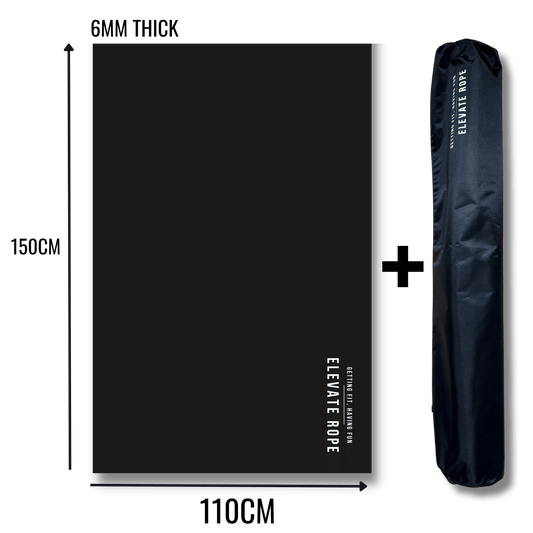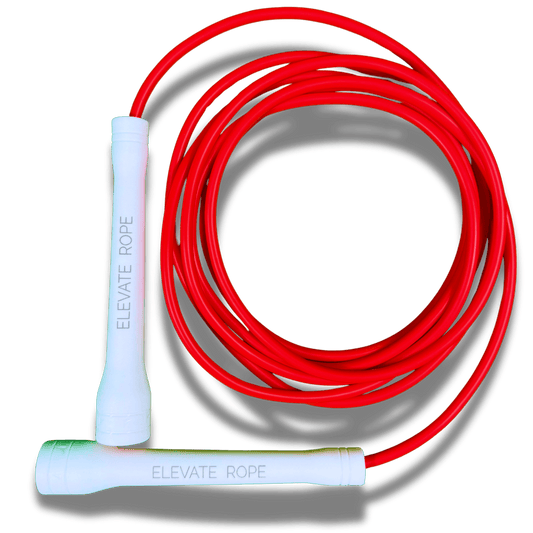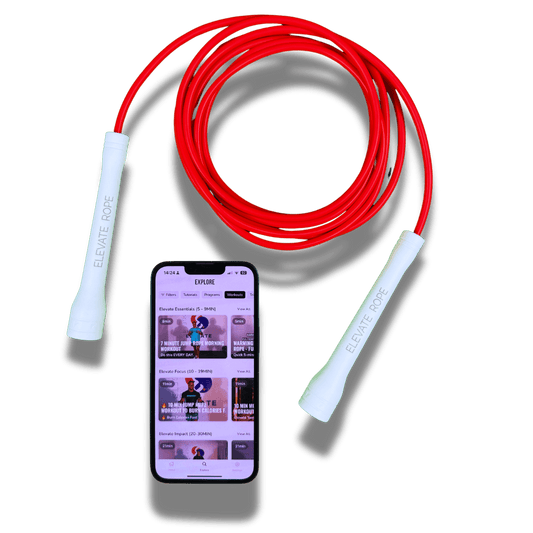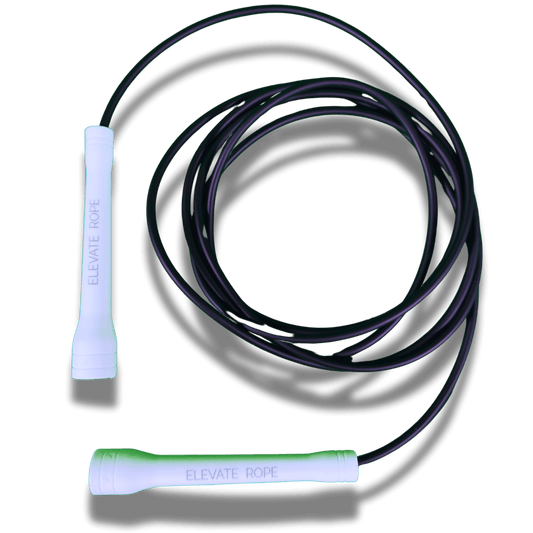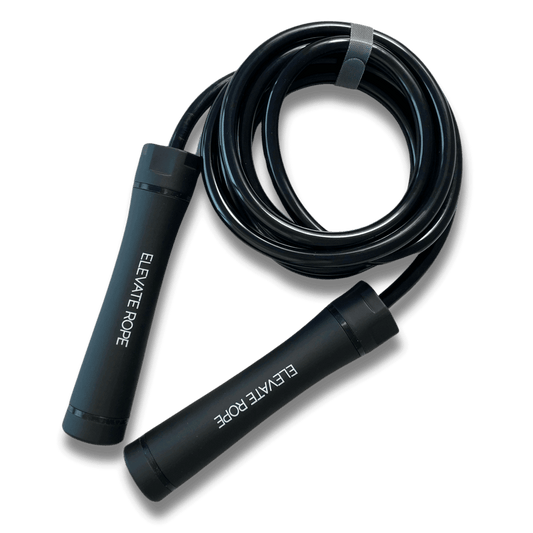A great workout should challenge your muscles — not leave you struggling with lasting pain. Yet for many people, shoulder pain after a workout is a common issue that signals something isn’t quite right.
The shoulder is one of the body’s most mobile joints, built to move freely in nearly every direction. But that same flexibility also makes it vulnerable to strain, overuse, and injury. From lifting weights to swimming or push-ups, even small errors in form or posture can create discomfort.
Understanding what’s behind that pain — and how to fix it — can help you protect your joints, recover faster, and keep training safely for the long run.

When Shoulder Pain Becomes a Red Flag
Feeling a little sore after an intense workout isn’t always a bad thing. Mild tenderness that appears a day or two after exercise is often just delayed onset muscle soreness (DOMS) — a natural part of the recovery process.
However, sharp, persistent, or worsening shoulder pain should never be ignored. This type of pain often indicates an underlying issue such as inflammation, impingement, or a tear.
If pain doesn’t improve after a few days of rest or interferes with daily movement, it’s time to get evaluated. Orthopedic specialists, like those at Dr. Kevin Kruse MD, can perform detailed imaging and movement assessments to pinpoint the exact cause. Early diagnosis helps prevent minor issues from turning into chronic conditions that limit both athletic performance and daily life.
Common Causes of Shoulder Pain After Exercise
The shoulder is made up of muscles, tendons, and ligaments that all work together. Pain can develop from one or a combination of these structures being irritated or injured.
Some of the most common causes include:
- Poor lifting form or excessive weight during strength training
- Overuse injuries, such as repetitive overhead movements
- Rotator cuff strain or tendonitis
- Shoulder impingement syndrome
- Muscle imbalances between the chest, back, and shoulder muscles
- Postural problems, especially rounded shoulders or a weak upper back
Without addressing these underlying issues, pain can progress from mild discomfort to restricted movement or chronic injury.
The Role of Rest and Recovery
When shoulder pain develops, rest is one of the most effective treatments. Pushing through pain can worsen inflammation and delay healing.
Rest doesn’t have to mean total inactivity — gentle mobility exercises and range-of-motion movements can help maintain flexibility.
You can also manage pain and inflammation with:
- Ice therapy: Apply ice for 15–20 minutes several times daily for the first few days.
- Heat therapy: After the initial inflammation subsides, alternate with heat to promote blood flow.
- Anti-inflammatory medication: Use only as directed by your healthcare provider.
Listening to your body — and giving it time to heal — is crucial for long-term recovery.
Physical Therapy and Shoulder Rehabilitation
If pain persists beyond rest, physical therapy can help restore proper function. A skilled therapist will design exercises to target weak or imbalanced muscles, especially around the rotator cuff and scapula (shoulder blade).
Rehabilitation may include:
- Resistance band exercises for strength and stability
- Stretching routines to improve flexibility
- Postural correction drills to maintain healthy shoulder alignment
By following a structured rehab program, you can regain control and stability while preventing reinjury.
How to Prevent Shoulder Pain in Future Workouts
Preventing shoulder pain starts long before your workout begins.
Here’s how to keep your shoulders healthy and strong:
- Warm up properly: Use dynamic movements like arm circles or shoulder rolls to prepare your joints.
- Focus on form, not ego: Proper technique matters more than heavy weights.
- Balance your training: Strengthen both pushing and pulling muscles for even development.
- Increase gradually: Avoid sudden jumps in intensity or volume.
- Prioritize rest days: Muscles grow and recover when you rest, not when you overtrain.
A consistent focus on technique, recovery, and posture is the best defense against shoulder injuries.
Everyday Habits That Impact Shoulder Health
Your workout form isn’t the only factor. Posture and daily habits can also contribute to shoulder problems.
Sitting hunched over a computer or driving for long hours tightens the chest muscles and weakens the upper back. This imbalance creates strain during physical activity.
You can prevent this by:
- Adjusting your workspace ergonomics (screen at eye level, shoulders relaxed)
- Taking short stretch breaks every hour
- Incorporating light exercises like wall slides or band pull-aparts into your day
These small habits go a long way toward maintaining shoulder mobility and stability.
When to Seek Medical Help
If your shoulder pain is sharp, radiating, or persistent — or if you notice swelling, weakness, or reduced range of motion — it’s time to see a professional.
Early evaluation by an orthopedic surgeon or sports medicine specialist can identify the root cause and create a treatment plan tailored to your needs. In some cases, imaging tests such as X-rays or MRIs may be needed to assess the extent of tissue damage.
Prompt attention ensures faster recovery and lowers the risk of long-term complications.
The Takeaway
Shoulder pain after a workout is a signal — not something to ignore. Understanding what’s behind the pain, resting when needed, and focusing on proper form are key to staying injury-free.
By prioritizing recovery and technique, you’ll build strength and coordination that last.
Remember: your shoulders are built for movement — take care of them, and they’ll take care of your performance.
Train smart. Recover well. Elevate stronger. 💪
